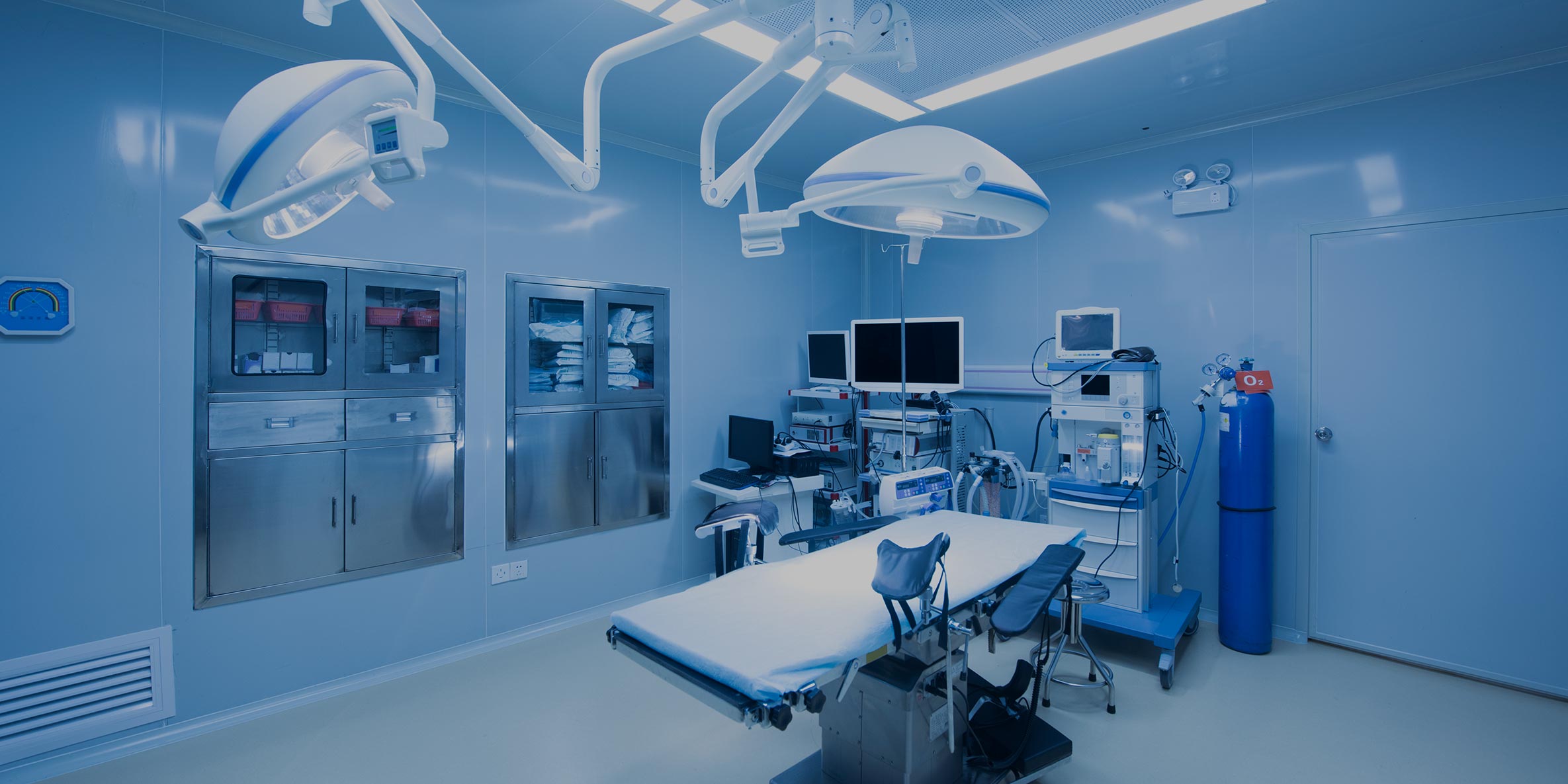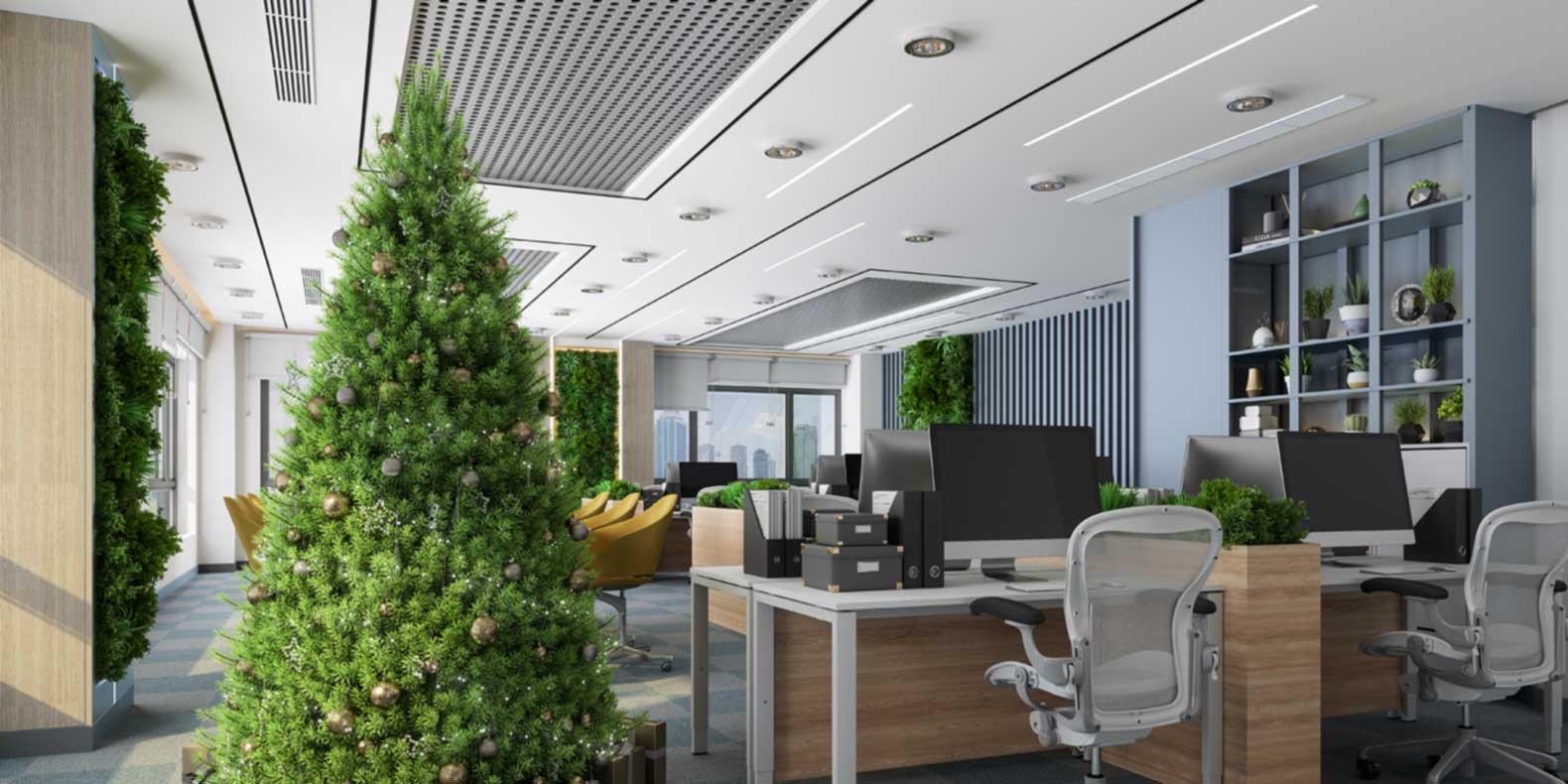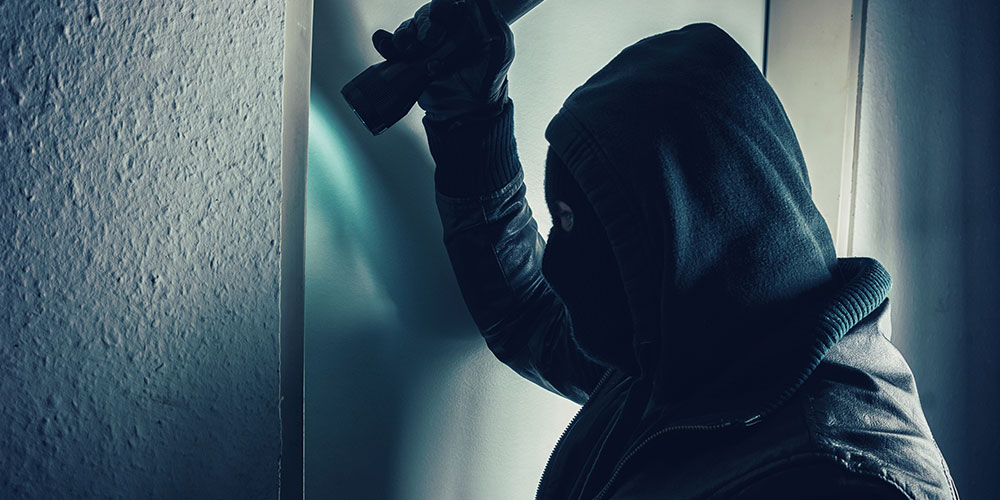When the COVID-19 pandemic began sweeping across the United States, many businesses swiftly closed their doors to keep employees and partners safe. Employees began working from home for the foreseeable future, and plenty of people settled into their new normal of full-time remote work.
However, it’s become clear that this shift won’t be permanent for most businesses. For starters, many employees want to return to the office when it’s safe. A recent report from global commercial real estate company JLL found that 58% of employees miss their offices substantially. It’s expected that after the pandemic makes it safe to return to work, many will do so for the social interaction they’ve been craving—but more than likely, a flexible workspace will be in high demand.
Most employees believe their employers will find a way to safely bring them back to the office in some capacity. With the new expectation of employees coming and going throughout the week, social distancing requirements and new health and safety regulations, will your business be ready?
Good news. As you’re planning for re-entry, your business security setup can actually provide helpful data, support and enforcement of new regulations. Read on to discover all the ways business security systems can help you plan for a safer office re-entry.
Redesign the Office for Safety
While the office’s primary functions of in-person socialization, collaboration, mentorship and management likely won’t change, the standard office design is expected to shift to meet changing employee needs.
More than half of executives expect that most of their workforce will work remote at least one day per week, even after COVID-19. Flexible work arrangements (i.e. a few remote work days per week, standard working hours outside of the traditional 9-5, etc.) are expected to take hold as a new corporate standard, along with health regulations to protect against COVID-19. All of these changes mean that office design will change, too.
Expect to see the following:
- A larger footprint than modern offices have allowed for, as the focus on close team collaboration gives way to social distancing requirements and fewer employees per square foot.
- A return to partitioned workspaces and private offices, much like you’d see in traditional offices.
- In offices where there isn’t enough space to reduce the number of employees per square foot, a structured hybrid workforce model paired with hoteling stations could be the solution.
- Headcount requirements in shared spaces, like kitchens, cafeterias and conference rooms.
Wondering how you’ll choose the setup that’s right for your office? Start with your security system.
Gather Planning Data Using Your Security System
As you plan for safe workplace re-entry, your security system can actually help you decide how to implement safety protocol and office design. Here are just a few ways:
- Use surveillance to gauge foot traffic. Leverage video analytics and real-time information to estimate office traffic and people patterns. This information can help you determine things like which parts of the office get the most foot traffic—and how you can enforce one-way halls and corridors to avoid crowding.
- Similarly, use video analytics for people counting. Get a better understanding of your occupancy by viewing historical analytics and counting the number of people in the office at given times. With this type of occupancy management, you can more effectively manage space for optimal social distancing requirements.
- Determine “rush” times with access control. Are you considering staggered work times for your in-office employees? By determining what times people enter and exit the building, you can better plan for staggered start and stop times to avoid crowds near small lobbies and doorways. Furthermore, you can use the data to select one-way entrances and exits that align with most people’s existing habits.
This is just the beginning. Depending on your business’s specific needs, number of locations, employee preferences and work functions, your security system can provide even more helpful data as you plan.
Once your re-entry design and protocols are in place, it’s time to invite employees back to work. But how can you ensure that everyone is following the proper safety regulations? Lean on your security system.
Use Business Security Technology to Enforce Safety Protocol
As employees venture back to the office, you’ll hope that everyone follows the safety protocols as you intend. However, you may find that some regulations need to evolve to accommodate workspace needs. Conversely, you may discover that some people just aren’t following the rules, which puts others at risk.
Luckily, you can rely on your security system to aid in identifying these situations. Here’s how.
Check Security Cameras Regularly
If you already have security cameras installed around your office, the footage they capture can be immensely helpful in checking your rules’ effectiveness and enforcing them for optimal safety.
There are a few different ways to see recorded footage—how you access it comes down to the types of cameras you have and the way footage is stored.
Some surveillance footage is stored via a traditional network video recorder (NVR), which is a physical device that automatically stores recorded footage. When video is recorded, the IP camera converts footage into a digital file that is sent to the NVR over a local IP network. NVRs require a clean, temperature-controlled setup on-site. Although footage is transferred over the local network, NVRs must still be plugged into electricity. Additionally, if you manage a multi-site business, each location will require its own NVR and connected app.
On the other hand, your system might utilize cloud surveillance, which sends video recordings to a secure storage host on the Internet. Cloud surveillance only requires an Internet connection, as the cameras are wireless and can be controlled remotely. Once video is sent to the cloud, it is secured (you need a unique login to access the recordings) and cannot be tampered with.
A third option allows you to see live feeds from your cameras. When your security system enables remote access, you and/or designated security personnel can access the feeds from a mobile device to see real-time views of the office, and even adjust camera angles to get a better look.
Use Access Control to Stay Healthy
Your existing access control setup can be used as-is or upgraded to increase health and safety measures.
Biometric access control can be paired with thermal cameras at entrances to help detect elevated body temperatures and identify potentially symptomatic individuals. When someone has a fever, they could be asked to work from home to avoid putting the rest of the office at risk of an outbreak.
Access control is also helpful for creating as many touchless entrances as possible. By pairing access control that utilizes proximity readers or motion sensors with door automation, you can eliminate the need for employees to touch common door handles and keypads.
Another helpful use for access control is monitoring the number of people in a common space, like a cafeteria. Access control technology can automatically count the people coming and going, and limit access if too many people are trying to enter the same space.
If there is an outbreak in your business, access control can help you conduct contact tracing and quickly notify anyone who may have been exposed to the virus. Because your access control system keeps a log of who accessed certain areas and when, it’s easier to determine who is most at risk of becoming ill.
Keep People Comfortable and Healthy With Environmental Controls
With ever-changing occupancy needs, environmental controls and monitoring can help you maintain energy savings on things like lighting.
More importantly, though, it can help you keep your staff healthy. Because COVID-19 is an airborne virus, proper ventilation is extremely important. When your security system is tied to the ventilation and HVAC system, you can improve air quality for your staff by controlling how and when the air is circulated through your office.
Many building owners are taking proper precautions to update their ventilation systems with features like underfloor air circulation and UV-C light filtration, which operate more sustainably, while keeping employees healthier.
Maintain (and Increase) Cyber Security Safeguards
Because the hybrid workforce and remote work maintain an important part of most businesses’ re-entry plans, the need for strong cyber security practices is at an all-time high. When surveyed by PwC, 61% of CISOs and CIOs reported an increase in security risks as a result of employees working remotely during COVID-19.
Equally startling, research shows that employees aren’t as concerned about business cyber security risks as they should be. Many misunderstand the personal and company fallout that can result from misuse of technology.
So, how can you ensure that you’re not exposed to a virtual virus as well as a physical one? Start with these cyber security tips.
Instruct Employees to Use a Secure Network
When employees work remotely, you have little insight into the networks they’re utilizing to access secure company data and files. Although public Wi-Fi is dangerous, even unsecured home networks leave open access points, making it easier for hackers to compromise sensitive business data.
Educate your employees on the importance of a secure network, and implement an encrypted virtual private network (VPN) with strong password settings to mitigate hacker access.
Enforce Multifactor Authentication
Another way to help deter attacks is to require multifactor authentication whenever possible, both on private employee devices, and company devices and systems. Multifactor authentication is a security enhancement that requires more than one credential when logging into an account, such as a password and an automatically texted PIN. It adds an extra layer of security that’s difficult to hack.
Discourage Personal Use of Corporate Devices
Many companies offer corporate laptops, cell phones and tablets—or quickly found a way to do so once remote work became more permanent due to COVID-19. However, your employees could be tempted to blur the lines between personal and professional by using corporate devices for personal use: 37% of workers in a recent survey admitted to using popular programs and apps on work devices that their employer has expressly asked them not to use.
With the popularity of bring-your-own-device (BYOD) policies even before COVID-19, it’s vital that you’re protected against threats from company or employee-owned devices. A few ways to improve cyber security on these devices are:
- Require anti-virus and malware software. Have employees install anti-virus and/or malware software on their devices for an extra layer of protection.
- Keep software and electronic devices updated. Automatic updates typically include safety features like anti-virus patches and other improvements that can keep your devices and network free from intrusion.
- Define what information/applications employees are allowed access on devices they use for work. For example, if they use a specific laptop to access your server and VPN, they shouldn’t also use that program for online gaming or personal emails.
- Be aware of fraudulent or phishing emails that can cause damage to your company’s security through the use of harmful attachments, links or direct requests.
- Create guidelines related to lost devices, which outline who to contact and steps to follow if devices are lost or stolen.
Update and Maintain Employee Training
Employees can’t follow safer cyber security practices if they don’t understand the policies. It’s vital to update your employee handbook with detailed information about working remotely and cyber security protocol that’s specific to your needs.
You can usually partner with your network security provider to receive assistance and guidance with this task. Your policies should include all of the tips you’ve read here, as well as how the policies will be enforced.
Send regular reminders to your staff and conduct virtual cyber security training to keep everyone aware of the best ways to avoid a data breach.
Get More Insight From a Business Security Expert
Vector Security’s experienced business security experts can weigh in on the specifics of your business and assist with your re-entry plan. Let us help you determine how to quickly install or upgrade your system for optimal employee safety.
In the age of COVID-19, businesses can’t afford to take risks. Contact Vector Security today to learn more about how your security system can be doing double duty to keep your employees healthy.



